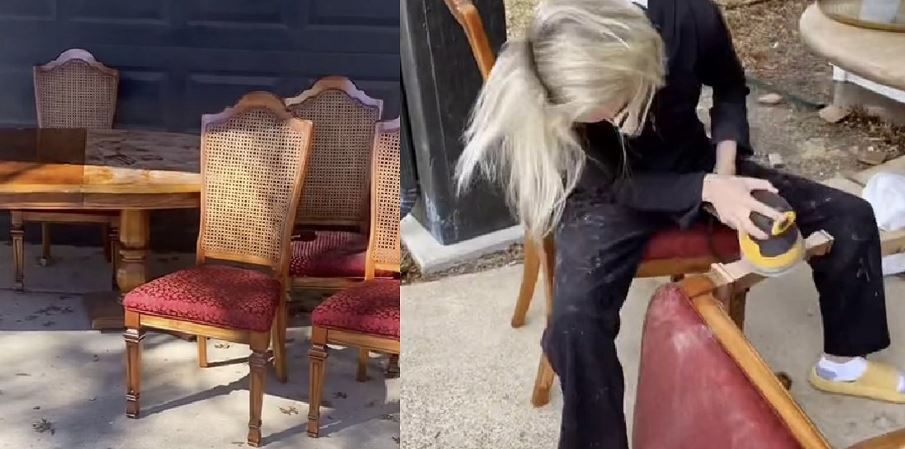There are numerous advantages to restoring and polishing furniture and fixtures. You can help the environment by lowering your carbon footprint by purchasing secondhand items rather than new ones. It’s also a cost-cutting strategy.
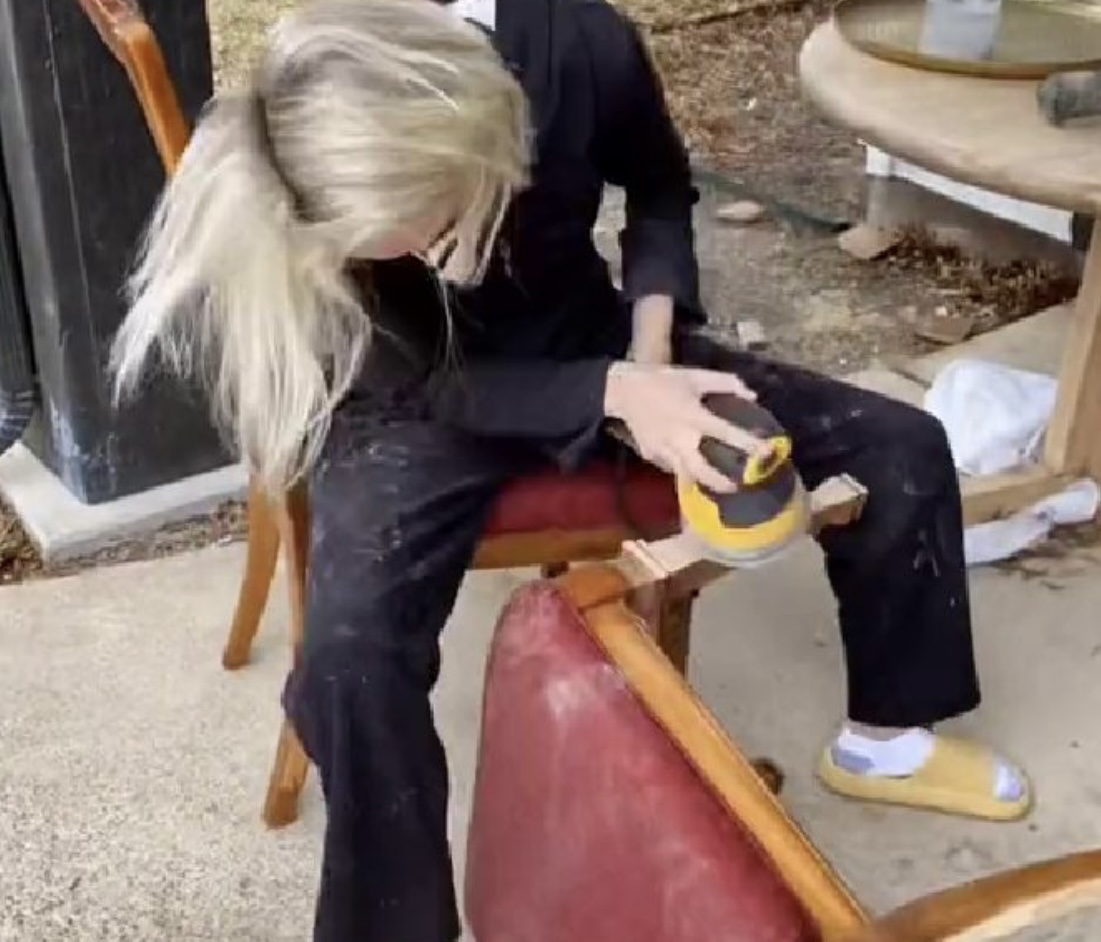
While the initial expenditure, which includes necessary equipment and materials, may be significant, once you have them, you will be able to repair many more pieces of furniture for a lower cost.
Imagine performing a whole house makeover for a fraction of the cost of buying furniture from a store.
This is also a fantastic strategy to increase your earnings. You can make money doing this if you improve your craft.
You can check through secondhand stores or drive by curbs to see if you can find any furniture to restore.
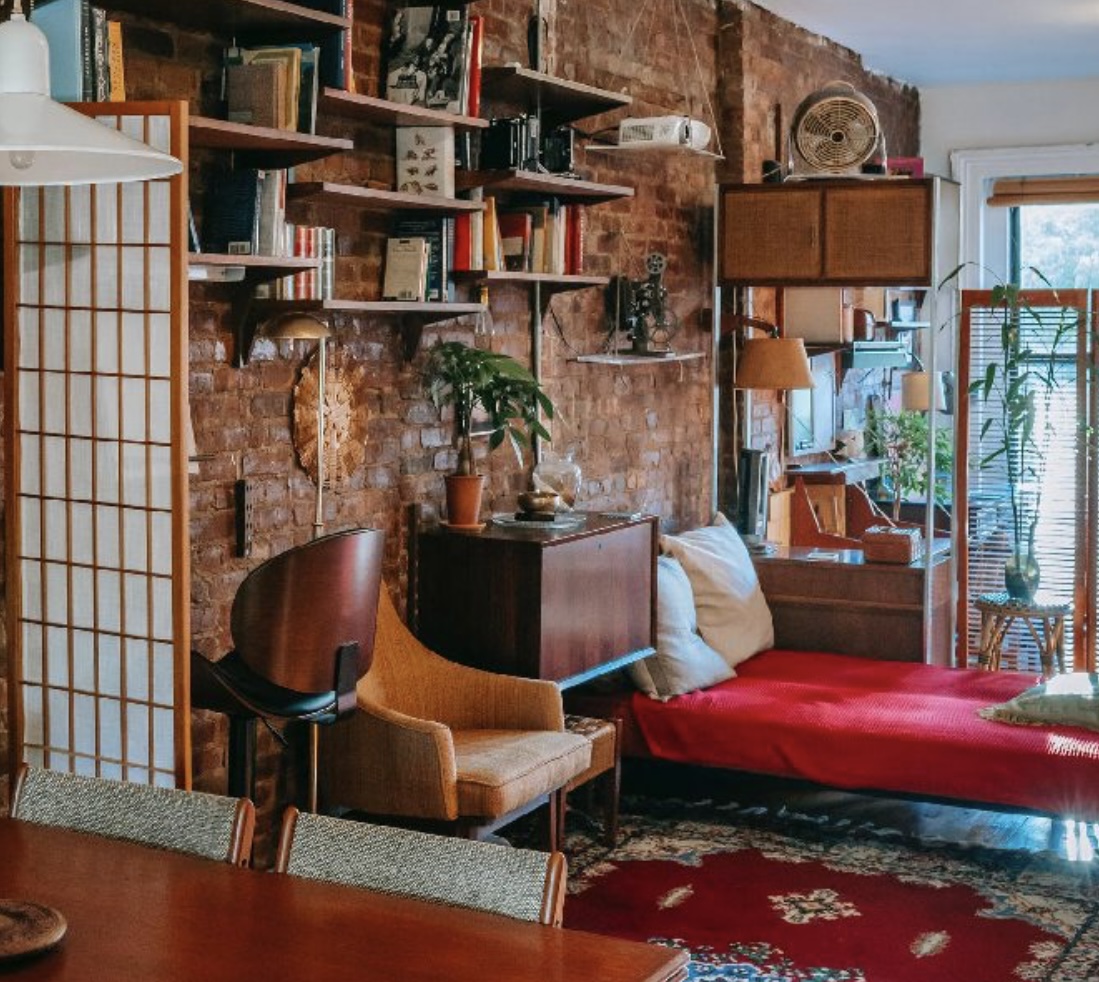
Then, assuming you spent resources and time, you may sell them at a greater price (for example, on Facebook Marketplace). You can use and customize them to your taste if you’re like this TikTok content maker.
Not everything you buy on sale will match your interior design preferences. The beauty of restoring vintage furniture, on the other hand, is that you may design it as you want – and it will be one-of-a-kind.
Maggie McGaugh’s TikTok account features her DIY furniture refinishing.
She enjoys making something new out of something old, such as furniture she finds in thrift stores or picks up from the curb (literally garbage!). She planned to either utilize or sell the furniture in her rental properties.

Her newly restored dining set was shown in one of her TikTok videos. Maggie explained how she refinished a $80 dining set she found at a yard sale to make it seem brand new.
The table didn’t appear to be in bad shape, but the chairs did. She had her heart set on a fantasy dining set, but it would set her back $3,000, so she opted to repair this one.
She started by sanding the table with a 120 grit sandpaper. She spent the majority of her time sanding. She chose to sand this table rather than lacquer it to bring out the natural color of the wood.
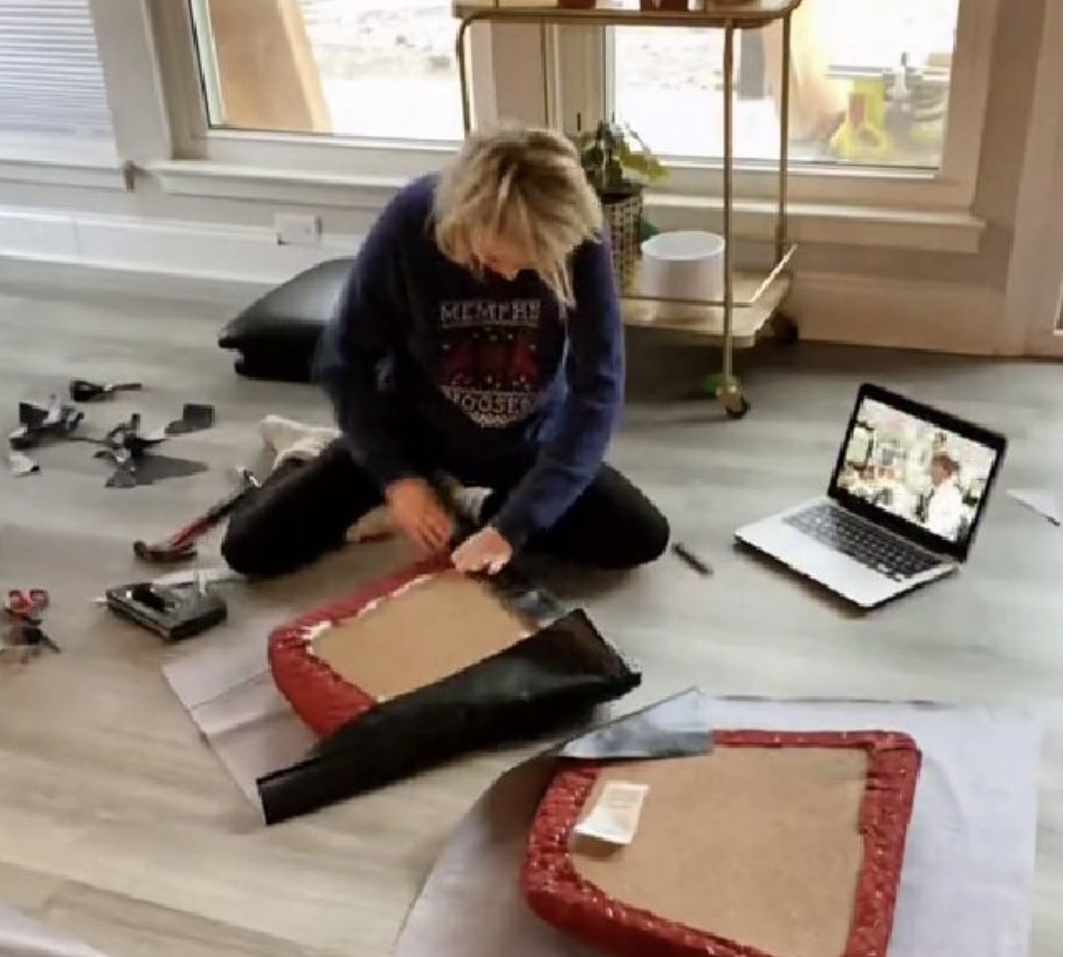
She then proceeded to refurbish the chairs, beginning by sanding the wood.
She also sanded the cane with 120 grits, dusting it with an old paintbrush, painting it black, and sealing it with polyacrylic. She also painted and treated the table’s sides and legs in this manner.
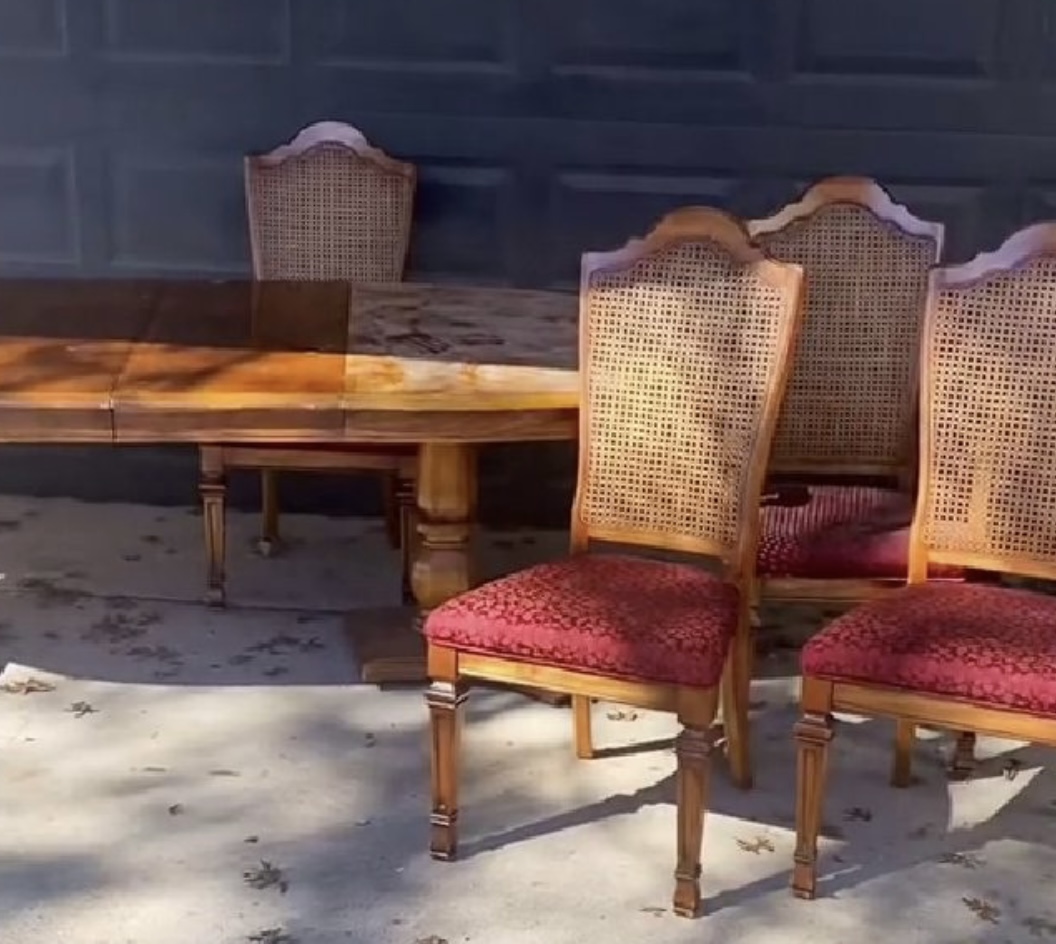
She then covered the chair’s cushions.
The majority of individuals would reupholster cushions by removing the original covers, particularly if the foam was in bad shape.
Maggie, on the other hand, was adamant about not doing so. Instead, she scrubbed and cleaned the existing cushions before covering them with black.
This is the finished result!
Here are some other works too!
